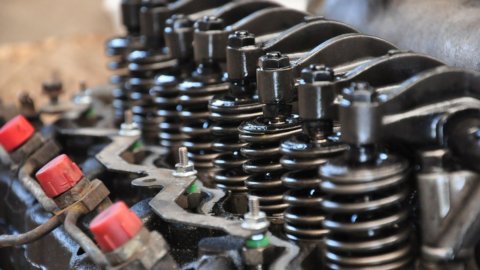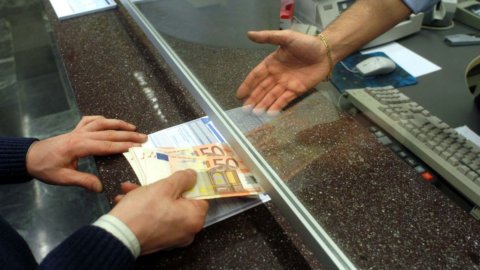The Italian manufacturing cycle remains weak, despite the growth in prices: in the period January-November 2019, according to the latest Analysis of Industrial Sectors by the Intesa Sanpaolo study center and Prometeia, turnover is substantially stagnant, with a tendency to slow down: -0,2%. There are some signs of recovery for 2020, even if according to research assessments these are very weak signs, negatively influenced by the new reasons for strong concern for the growth of global trade, i.e. the spread of the coronavirus (and its inevitable implications on the leading economy in the world) and the many hotbeds of tension in North Africa and the Middle East, an area of strategic importance for Italian manufacturing.
Among the positive factors of the period taken into consideration by Intesa Sanpaolo and Prometeia must be considered the recovery of investments in construction and the stability of domestic consumption, which allowed the building materials and products and consumer goods-producing sectors (food and beverages, fashion system, consumer goods) to be more dynamic than the manufacturing average. Mechanics, a leading sector of Made in Italy, is also growing moderately, penalized by the weakness of the investment cycle in capital goods, both on the domestic market and internationally, in a climate of great uncertainty which has slowed down the purchasing decisions of companies. Vehicles and motorbikes, on the other hand, are in difficulty, with negative effects that are transmitted to the sectors producing intermediate goods active along the supply chain.
In short, it continues a situation of transversal weakness in the European industry, which has its epicenter in the automotive sector. The sector is facing a difficult transition to the electric world, also dictated by increasingly stringent European environmental regulations. This resulted in a phase of slowdown in the levels of activity in the sector, which particularly affected Germany, where the automotive and associated supply chain have a significant weight for overall manufacturing activity. Given the centrality of Germany in the European production machine, even the international production chains have been affected, with cascading effects that have affected some strategic suppliers such as Italy.





